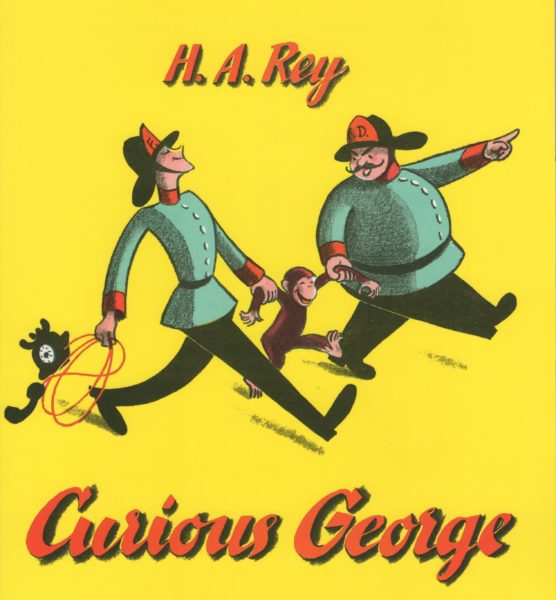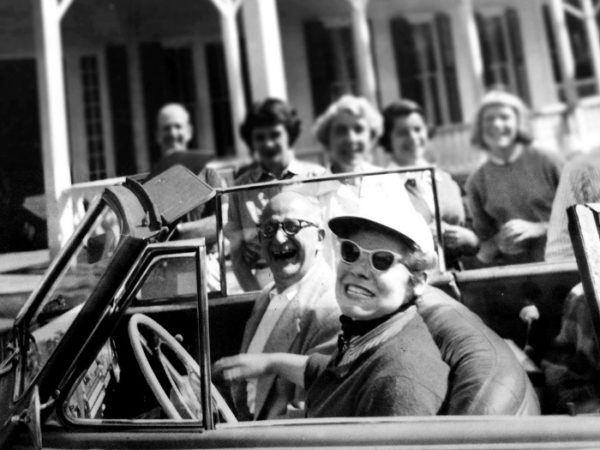
I’m often asked where I find the topics for my blogs. It boils down to reading a lot of books and delving into the research for whatever book I’m working on at the time. Anyone who has done research for the purpose of producing a written piece knows what it’s like going down the “rabbit hole.” In other words, you get side tracked and a week later you pop up your head and say “I better get back to my original target.”
I read books, periodicals, historical articles, and anything I can get my hands on that pertains to the subject I’m working on. So in early January 2017 I noticed an article in The Wall Street Journal entitled “As ‘Curious George’ Turns 75, New Light On His Escape from the Nazis.” Coincidentally, several days earlier in a separate source, I found the address where George’s creators lived in pre-war, pre-occupied Paris.
H.A. & Margret Rey

I’m always fascinated by relationships that endure for decades. One of the reasons for these successful relationships seems to be where each partner brings a different “skill set” to the relationship—typically one’s strengths offsets the partner’s weaknesses. You might say they are the ideal partnerships. In most cases, the partners share a common interest. In the case of H.A. and Margret, they both loved monkeys. Margret would write the stories and H.A. would illustrate them. Read More Curious George Flees the Nazis
